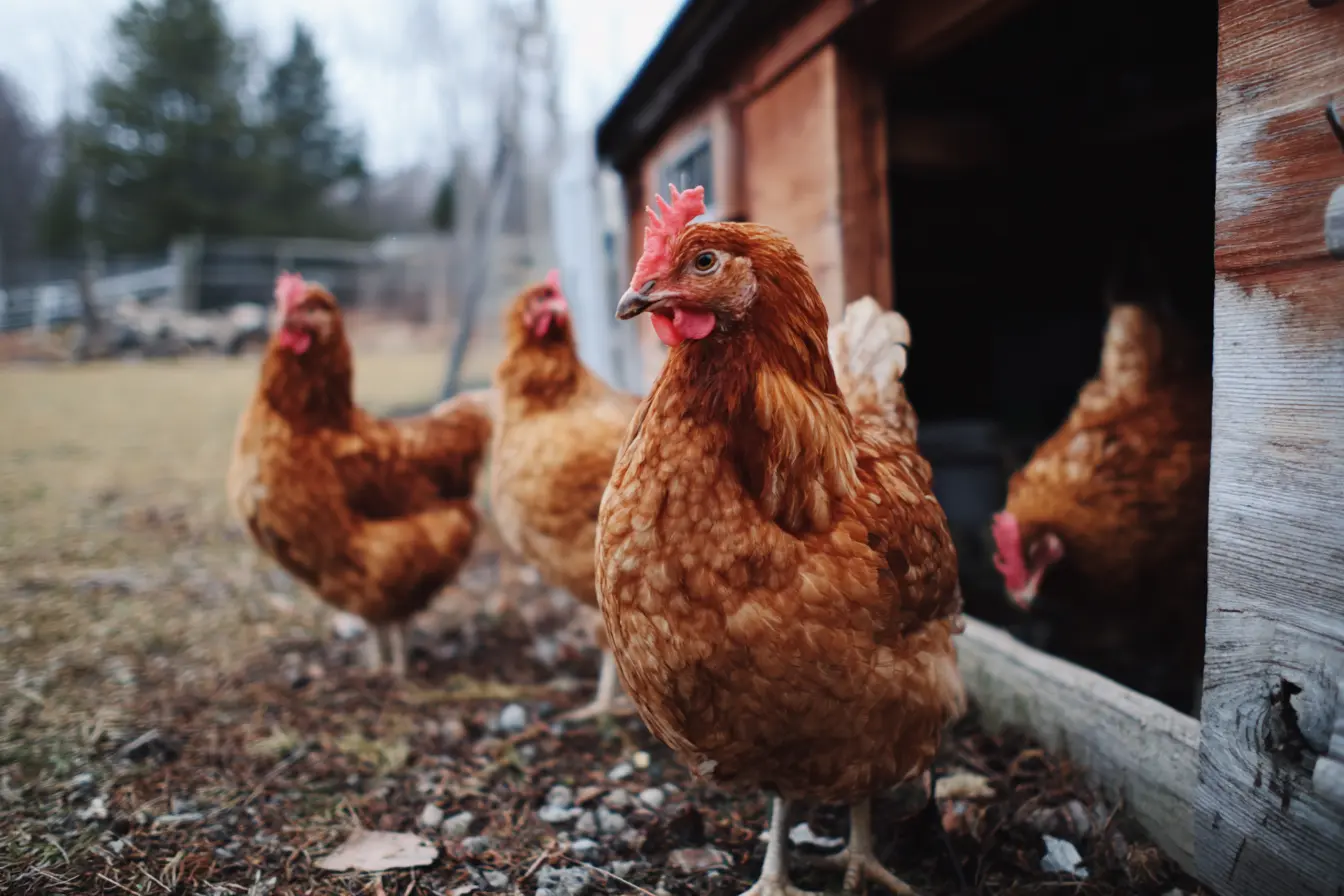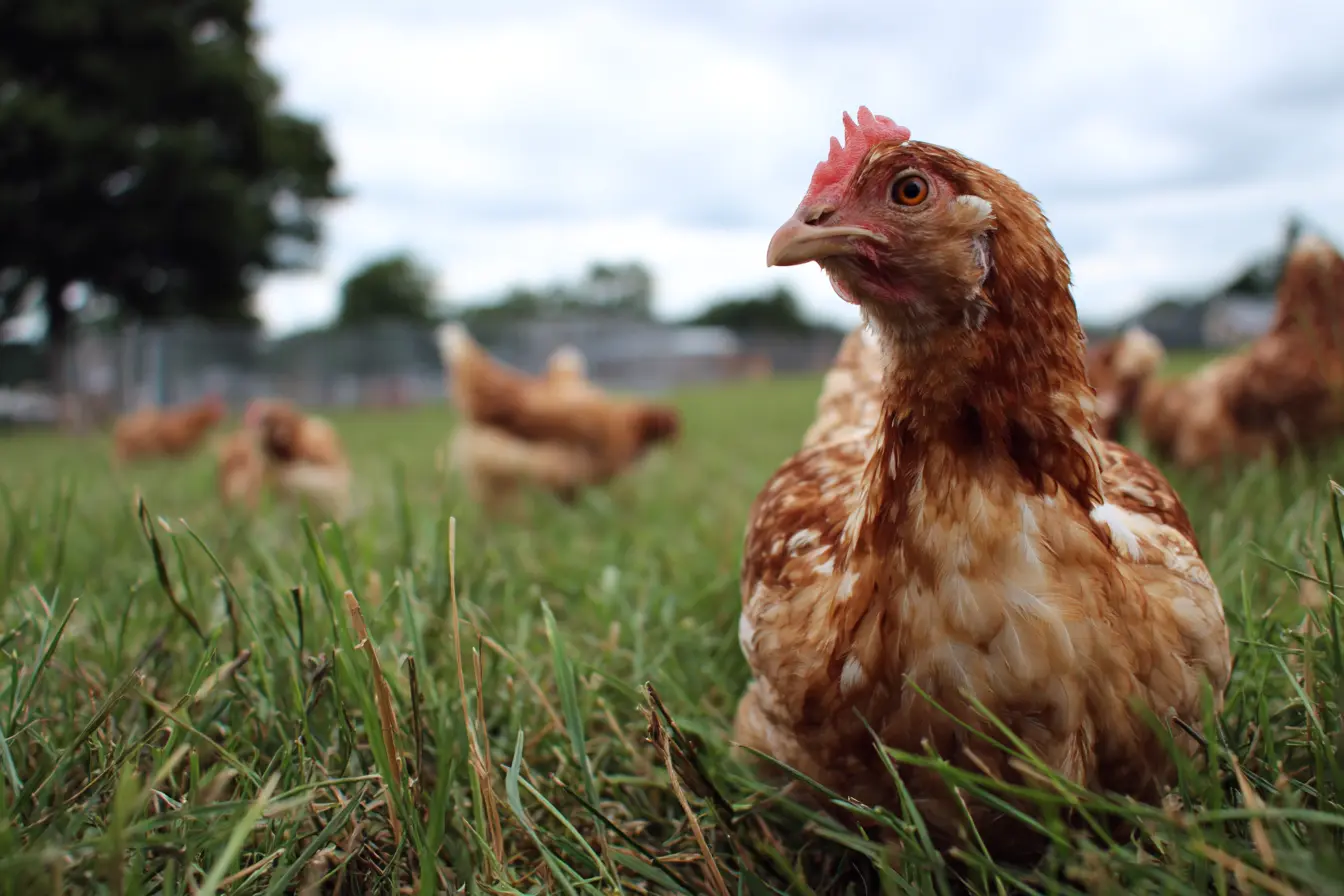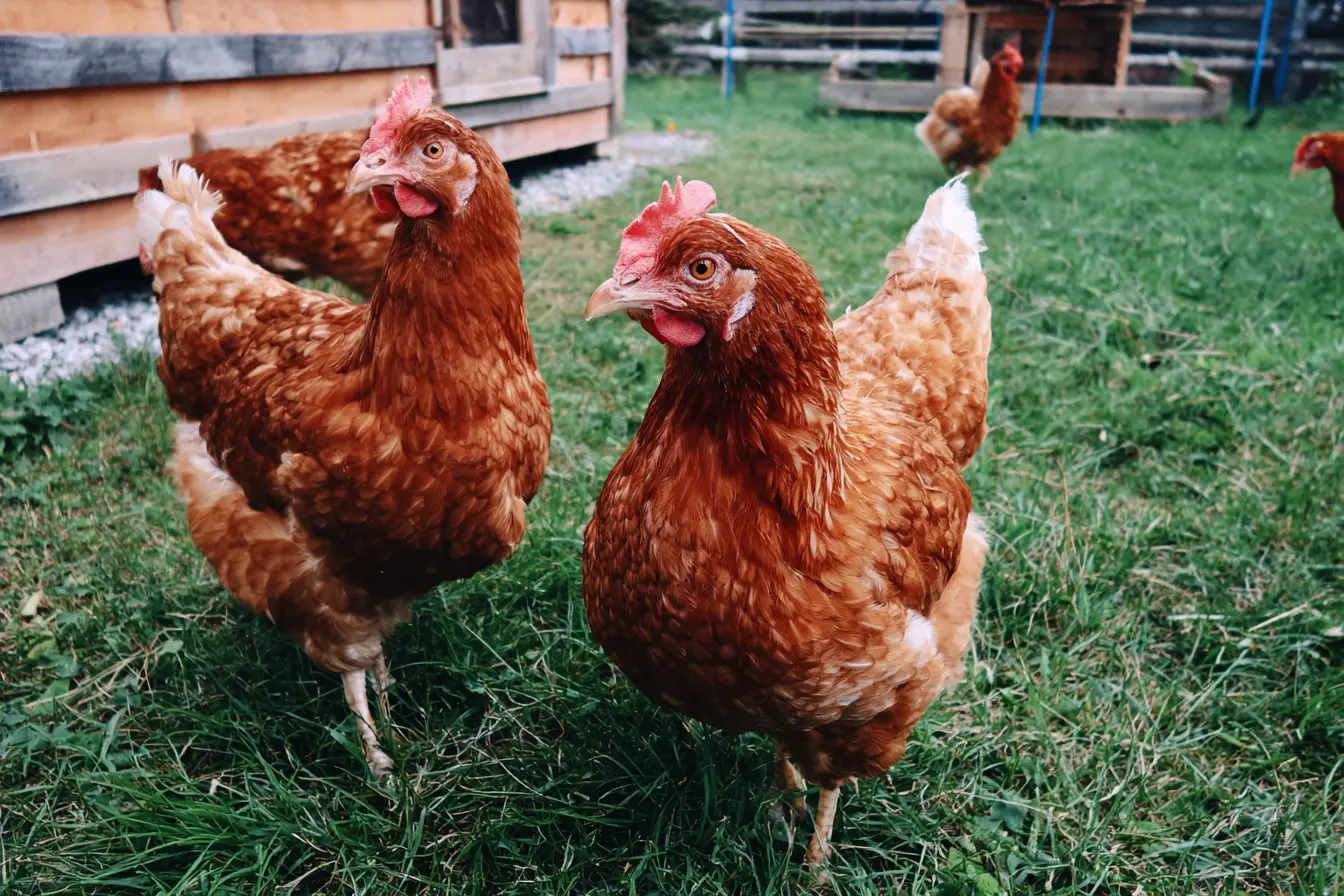
Infectious Bronchitis in Chickens
Infectious Bronchitis (IB) is a highly contagious viral respiratory disease that affects chickens of all ages and types. It causes significant losses in both commercial and backyard flocks due to respiratory distress, reduced egg production, and poor growth performance. In this post, we'll explore everything you need to know about Infectious Bronchitis: its causes, symptoms, transmission, diagnosis, prevention, and treatment.
What is Infectious Bronchitis?
Infectious Bronchitis is caused by the Infectious Bronchitis Virus (IBV), a member of the coronavirus family. The virus primarily targets the respiratory system but can also affect the kidneys and reproductive tract, especially in laying hens.
Chickens are the only known natural hosts of IBV. Once introduced, the disease spreads rapidly through a flock, with a high infection rate and variable levels of severity depending on the strain involved.
Causes and Strains
IBV is an RNA virus that mutates rapidly, leading to the emergence of numerous variants. Some of the most common serotypes and strains include:
- Massachusetts
- 4/91 (also known as 793B)
- D274
- QX (often associated with nephritis)
- Arkansas (common in North America)
These variants may not offer cross-protection, making vaccination and control more complicated.
Transmission and Spread
IBV is spread primarily through:
- Aerosol droplets from coughing and sneezing
- Contaminated equipment, clothing, and feed
- Direct contact with infected birds
- Contaminated litter and surfaces
The virus is highly contagious, with an incubation period of 18–36 hours. Infected birds can shed the virus for weeks after recovery, contributing to ongoing transmission.
Symptoms of Infectious Bronchitis
Symptoms may vary depending on the strain, age of the bird, and organ systems affected. Common signs include:
Respiratory Symptoms
- Coughing
- Sneezing
- Nasal discharge
- Rales (rattling respiratory sounds)
- Difficulty breathing
- Open-mouth breathing
Reproductive Tract Effects
- Sharp drop in egg production
- Misshapen, thin-shelled, or pale eggs
- Watery egg whites (albumen)
- Poor internal egg quality
Kidney Involvement (Nephropathogenic strains)
- Increased water consumption
- Wet litter due to excess urination
- Pale combs and wattles
- Depression and weakness
- Mortality in severe outbreaks
Chicks and young birds are more severely affected, with increased risk of complications and secondary infections such as E. coli.
Diagnosis
Due to the similarity of IB symptoms with other diseases like Newcastle Disease and Avian Influenza, accurate diagnosis is crucial. Diagnostic methods include:
- Clinical observation and history
- Swabs for PCR testing
- Virus isolation and serotyping
- Post-mortem examination of trachea, kidneys, and oviducts
A laboratory diagnosis is often required to confirm IB and identify the specific strain involved.
Treatment
There is no antiviral treatment for Infectious Bronchitis. Management focuses on supportive care and preventing secondary bacterial infections.
Supportive Care
- Ensure access to clean water and high-quality feed
- Maintain good ventilation
- Raise coop temperature slightly to reduce stress
- Use electrolytes or multivitamins to boost recovery
Antibiotics for Secondary Infections
Although antibiotics do not affect the virus, they may be prescribed to control secondary bacterial infections, particularly E. coli or Mycoplasma.
Prevention and Control
Controlling Infectious Bronchitis relies heavily on biosecurity and vaccination.
Vaccination
Vaccination is the most effective tool for IB control. Several live attenuated and inactivated vaccines are available, often tailored to the prevalent regional strains.
- Chicks are typically vaccinated within the first week of life
- Booster vaccinations may be required later
- Combination vaccines may protect against multiple strains
- Vaccines are often administered via drinking water, spray, or eye drops
Matching the vaccine strain to circulating field strains is critical for effectiveness.
Biosecurity Measures
- Quarantine new birds for a minimum of 3 weeks
- Limit visitors and control traffic between flocks
- Regularly disinfect equipment and housing
- Control rodents and wild birds
- Avoid overlapping age groups where possible
Impact on Poultry Production
IB can cause significant economic losses due to:
- Drop in egg production and quality
- Slower growth rates in broilers
- Increased feed conversion ratios
- Higher mortality in severe or complicated cases
- Veterinary and diagnostic costs
Even after recovery, affected hens may never return to full productivity.
Differential Diagnosis
Diseases that may present similar symptoms and should be ruled out include:
- Newcastle Disease
- Avian Influenza
- Mycoplasma gallisepticum infection (CRD)
- Infectious Laryngotracheitis
- Colibacillosis
Laboratory testing is essential to distinguish between these conditions.
Key Takeaways
- Infectious Bronchitis is a highly contagious viral respiratory disease in chickens
- It is caused by a coronavirus with multiple evolving strains
- Symptoms include coughing, sneezing, poor egg production, and kidney damage
- There is no specific cure, but supportive care and antibiotics can help
- Prevention relies on vaccination and strict biosecurity
Final Thoughts
Infectious Bronchitis remains a persistent threat to poultry health worldwide. While it cannot be cured, informed flock management, good hygiene practices, and strategic vaccination can help reduce the risk and minimise the impact of outbreaks. Whether you're a backyard poultry keeper or managing a commercial operation, vigilance and preparation are key to protecting your birds from this fast-spreading disease.
Related Vets
Vets near you
Speciality vets
- Aquatics vet specialists
- Birds vet specialists
- Camelids vet specialists
- Cats vet specialists
- Cattle vet specialists
- Deer vet specialists
- Dogs vet specialists
- Equines vet specialists
- Exotic vet specialists
- Goats vet specialists
- Pigs vet specialists
- Poultry vet specialists
- Sheep vet specialists
- Small Mammals vet specialists
- Wild vet specialists









